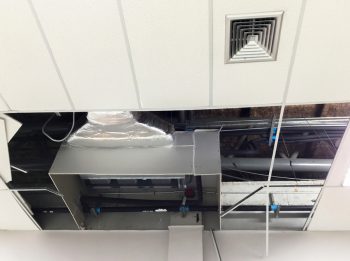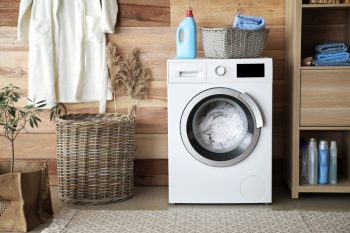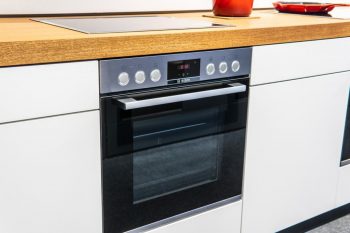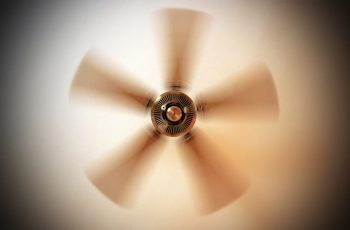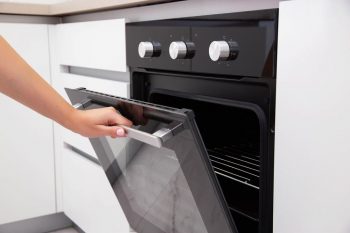
Maintaining the cleanliness and safety of your home’s drinking water is paramount, and a major part of that involves regular maintenance of your refrigerator’s water filter. In this guide, we will explain in-depth how to flush a refrigerator water filter, why it is necessary, what tools you will need, and how often this process should be undertaken.
To flush a refrigerator water filter, first install the new filter according to your refrigerator’s manual. Then, place a towel on the floor to catch spills and fill a large pitcher with water several times to remove any large carbon particles. Discard the water (it can be used for watering plants) and repeat the process until you’ve run 3-5 gallons of water through the filter. This will ensure all carbon particles and contaminants are removed before you start using the water for consumption.
Why Should You Flush Your Refrigerator Water Filter?
Flushing a refrigerator water filter is an essential step in ensuring that your drinking water is clean and safe. Here’s why:
- Removal of carbon particles: Most refrigerator water filters use a carbon block media to adsorb contaminants. During manufacturing and shipping, some carbon particles may become loose. Flushing the filter before use ensures these particles are removed.
- Release of trapped air: Installing a new water filter can introduce air into the water line, causing inconsistent water flow. Flushing the filter helps remove this trapped air, ensuring a steady flow of water.
- Removal of impurities: Flushing ensures that the water passing through the filter is clean, free from impurities, and ready for consumption.
Failure to flush a new water filter can result in cloudy water, strange taste or odors, clogging, reduced water flow, and a potentially shortened filter lifespan.
Recognizing When Your Filter Needs Flushing
There are several tell-tale signs that your refrigerator water filter needs flushing:
- Murky or discolored water: If your water appears cloudy or has an unusual color, it could be a sign that your filter isn’t functioning properly.
- Strange smell or taste: Unpleasant odors or tastes are often a clear indication that your water filter needs attention.
- Reduced water flow: If your water dispenser isn’t providing water at its usual pressure, the filter may be clogged and in need of flushing or replacement.
- Black flecks in the water: These are often carbon particles, indicating that your filter needs flushing.
Tools and Materials Needed
To flush a refrigerator water filter, you will need:
- A large container or pitcher.
- A clean cloth or soft sponge.
- A new filter (if replacing the old one).
Steps to Flush a Refrigerator Water Filter
Here’s a comprehensive step-by-step guide on how to properly flush your refrigerator water filter:
- Install the new filter: Refer to your refrigerator’s manual for specific instructions.
- Place a rag or towel on the floor: This will catch any spills.
- Dispense water: Fill a large pitcher several times to remove any large particles of carbon.
- Discard the water: This water can be used for watering plants, as the tiny carbon bits are not harmful.
- Repeat the process: Continue flushing until you’ve run 3-5 gallons of water through the filter. This will ensure that any carbon particles and contaminants are removed before you start using the water for consumption.
Flushing Frequency
For optimal performance, it’s recommended to replace your refrigerator’s water filter every six months or after dispensing 200-300 gallons of water. After installing a new filter, always flush the system to ensure optimal performance.
Safety Precautions
Remember these safety precautions while flushing your refrigerator water filter:
- Make sure the filter is properly flushed, following the manufacturer’s recommendations.
- Always consult the owner’s manual for specific directions for your model.
- Use a container to collect and discard the water.
- Be patient during the flushing process. It may take some time, especially if you need to run several gallons of water through it.
By following these steps, you can ensure that your refrigerator water filter is properly flushed, providing you with clean, fresh, and safe drinking water. Regular maintenance of your refrigerator’s water filter is a simple yet crucial step in maintaining the health and well-being of your household.
Frequently Asked Questions
What if my refrigerator’s water dispenser doesn’t have a high flow rate?
If your refrigerator’s water dispenser doesn’t have a high flow rate, it might take longer to flush the filter. A slow flow rate won’t affect the flushing process’s effectiveness, but it will increase the time it takes to run the recommended 3-5 gallons of water through the filter.
Can I use the water flushed from the new filter for drinking or cooking?
No, it’s not recommended to use the water flushed from the new filter for drinking or cooking as it may contain loose carbon particles and other impurities. You can, however, use it for non-consumable purposes like watering plants.
What if I don’t replace my refrigerator water filter every six months?
If you don’t replace your refrigerator water filter every six months, it may not effectively remove contaminants from your water, leading to a decline in water quality. Over time, the filter can become clogged with contaminants, reducing water flow and potentially causing damage to your refrigerator.
What should I do if I still notice black flecks in the water after flushing the filter?
If you still see black flecks in your water after flushing the filter, it’s possible that the filter was not properly flushed or that it is defective. Try flushing the filter again. If the problem persists, you may need to replace the filter.
Can I flush my refrigerator water filter more than once?
Yes, you can flush your refrigerator water filter more than once, especially if you notice that the water is not clear after the first flush. However, if you need to flush the filter repeatedly, it may be a sign that the filter is defective and needs to be replaced.


